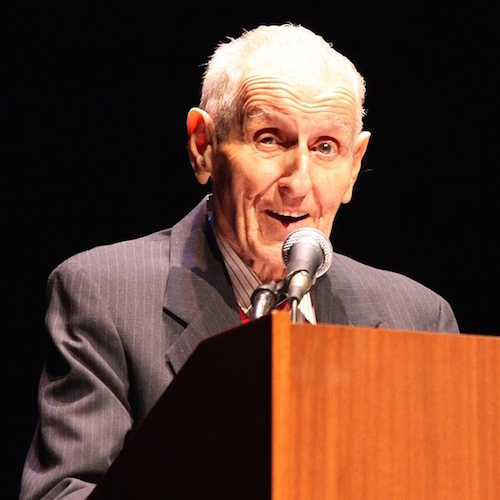 Culture & Ethics
Culture & Ethics
 Medicine
Medicine
 News Media
News Media
Revisionism About Kevorkian and His Purposes Won’t Stop

The revisionism about Jack Kevorkian and his purposes will not stop — and it can’t be allowed to stand. The truth about K and what he was really after — his true motive, namely human vivisection — is important because it not only shows the seductive nihilism of our present day that a ghoul like him could become widely admired, but how hard the media work to tell the story they want to tell rather than report the facts in front of their very eyes.
Time is the latest journalistic offender, with a piece looking back at the magazine’s historical stories. From, “Why Dr. Death Wanted to Be Tried for Murder,” by Jennifer Latson:
Kevorkian was prepared to go to prison if it meant raising awareness of what he considered to be our nation’s backward, oppressive euthanasia laws…
Part of what made Kevorkian such a prominent public figure was his zany personality, coupled with a dramatic flair that “brought a certain approachability to a grim subject,” as TIME wrote in Kevorkian’s 2011 obituary.
“Zany?” The Muppets are zany. The man was truly disturbed! And his goal wasn’t to alleviate suffering. He wasn’t compassionate, but coldly clinical and utilitarian. His victims were merely the means to attain his ultimate end.
Here’s the truth: While I think he got addicted to the attention that came his way — and hanging out with A-list celebrities — once he started spouting about compassion and suffering as his justification, he always harbored deeply personal and obsessively selfish reasons for trying to shatter our laws against euthanasia. Nor did he keep his true motives a secret — he described them openly and with sickening candor in his book Prescription Medicide.
At the time of his death, the National Catholic Register asked me to reflect on his life. From my “Remembering the Real Jack Kevorkian“:
With Kevorkian’s death, it is important to stop that revisionism before it advances any further. Doing so is in keeping with the pride Kevorkian took in the shock he created by stating his views bluntly. And that is precisely what I propose to do; allow Kevorkian to speak for himself, unvarnished and without compromise. (All quotes below are from Kevorkian’s book Prescription Medicide.)
I list his goals in more detail in the piece, quoting Kevorkian — but for the sake of space, here’s a nutshell summary:
1.He favored death on demand — he invented categories of people who should have access to euthanasia.
2. He only saw his assisted suicide campaign as a distasteful “professional obligation:”
3. He wanted to use euthanasia as a means of harvesting organs. Indeed, he tore the kidneys out of one of his victims and offered them, “first come, first served,” at a press conference.
4. His ultimate purpose was to gain access to people who wanted to be euthanized so he could conduct experiments on them while they were still alive and under sedation,
5. Before his assisted suicide campaign, he tried to gain access to condemned prisoners upon whom to experiment. It was only when he was kicked out of every prison that he turned his attention to the sick.
6. He didn’t turn to active euthanasia because he cared about the patients, he turned to lethal injections because it was the method that would be required for him to be able to pick his way through living human bodies.
Kevorkian never recanted these views. To the contrary: He methodically pursued his ghoulish purposes step-by-step for eight years; first, gaining a quasi-license to assist suicides after several juries refused to convict him; then, taking the kidneys from the body of one of his cases and offering them for transplant; to actively lethally injecting [Thomas] Youk.
Euthanasia, as opposed to assisted suicide, is necessary to allow experimentation before the death, since the “subject” would have to be anesthetized.
It ended there — with prison. But one shudders to think what would have happened if that last jury, like the several before it, had decided to let Kevorkian continue being Kevorkian.
Kevorkian was never about the “patients.” He was always and exclusively aimed at gaining Kevorkian access to carrying out his twisted pathologies.
It’s all there, in his book. The methodical method to his madness is clear for anyone to discern.
The clueless and biased media never tell Kevorkian’s real story, and that is odd. The truth about Jack Kevorkian is much worthier of journalistic pursuit than the phony feel-good revisionist nonsense that reinvents Kevorkian as a harmless Muppet.
Image by Photographer Gevorg Gevorgyan http://ggprophoto.com (Greg Asatrian.) [Public domain], via Wikimedia Commons.
